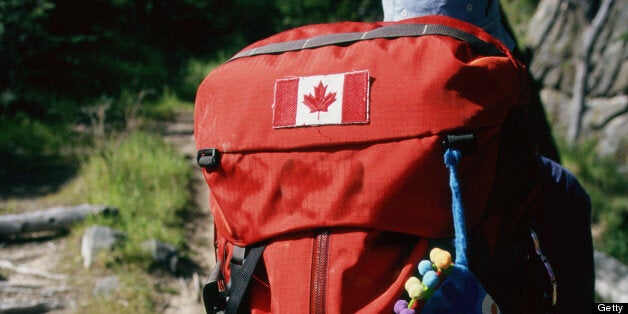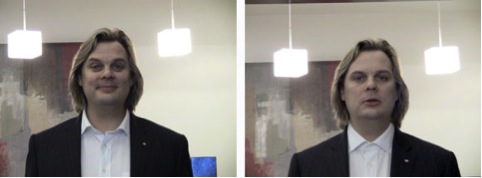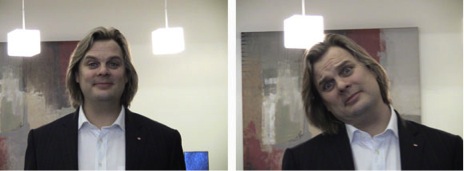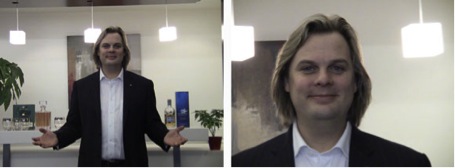
As hordes of new grads embark on their coming-of-age journeys to Europe over the coming months, many will do so sporting a Canadian flag on their backpacks.
But while some will have earned the right to sport the Maple Leaf through long, cold winters and jokes about igloos, others will be flag-jacking the emblem in hopes of enjoying the innate goodwill that other countries feel towards the Great White North.
Following are tips on recognizing the real deal from the flag-jacking fakers.
What is Flag-Jacking?
Word/Phrase: "flag-jacking" (verb)
Pronunciation: flæg-dʒæk-ing
Definition: The act of displaying the flag of a more favorable country on your garments/backpack (instead of your home country's flag), in the hope of receiving friendlier treatment/service while travelling.
Example: "The kids in our hostel have red and white leaf flags on their bags, but don't know what maple syrup is. They must be Americans flag-jacking the Canadians, eh?!"
About Flag-Jacking
Flag-jacking normally occurs when Americans pose as Canadians in order to be thought of more favorably by the locals they encounter.
How to Spot a Flag-Jacker
FlightNetwork.com interviewed international body language expert Mark Bowden to find out how to discern true Canadians from Americans trying to pass themselves off as their neighbors to the north.
Some simple differences in body language and non-verbal signals can give away anyone's true citizenship.

"The Cooler " "American Psycho"
Sometimes tempers flare, and a Canadian can diffuse the tension by placing his palms down at hip level, and keeping a calm demeanour (The Cooler). At the same time, an American might unintentionally escalate the situation by placing his arms in the air in an attempt to calm others (American Psycho).

"Sault-spression" "Stars and Gripes"
When approaching someone with the intention of getting better service, Mark suggests employing the Sault-spression [pronounced "soo-spreh-shun"], and smiling in a relaxed manner. (Oversmiling might seem stalker-esque.) Contrast that smile with a blank look and your chin jutting out - you have the Stars and Gripes. Mark dramatically expresses how this blank appearance gets you nowhere, especially when asking for something from airline employees.

"The Toque Tilt" "The Polka-Loon"
The Toque Tilt. Slightly tilt your head to show courtesy. It's particularly effective when saying, "May I have a little more coffee?" You might want to practice in a mirror before displaying "the Tilt" in prime time - overdo it and the person to whom you're speaking might end up calling Security: Mark calls that facial expression The Polka-Loon.

"Eh Display" "Canuck Crinkle"
An 'Eh' Display (open arms and a smile) expresses warmth and friendship. You can add a Canuck Crinkle and the recipient of your attention will be inclined to offer their friendship in return.